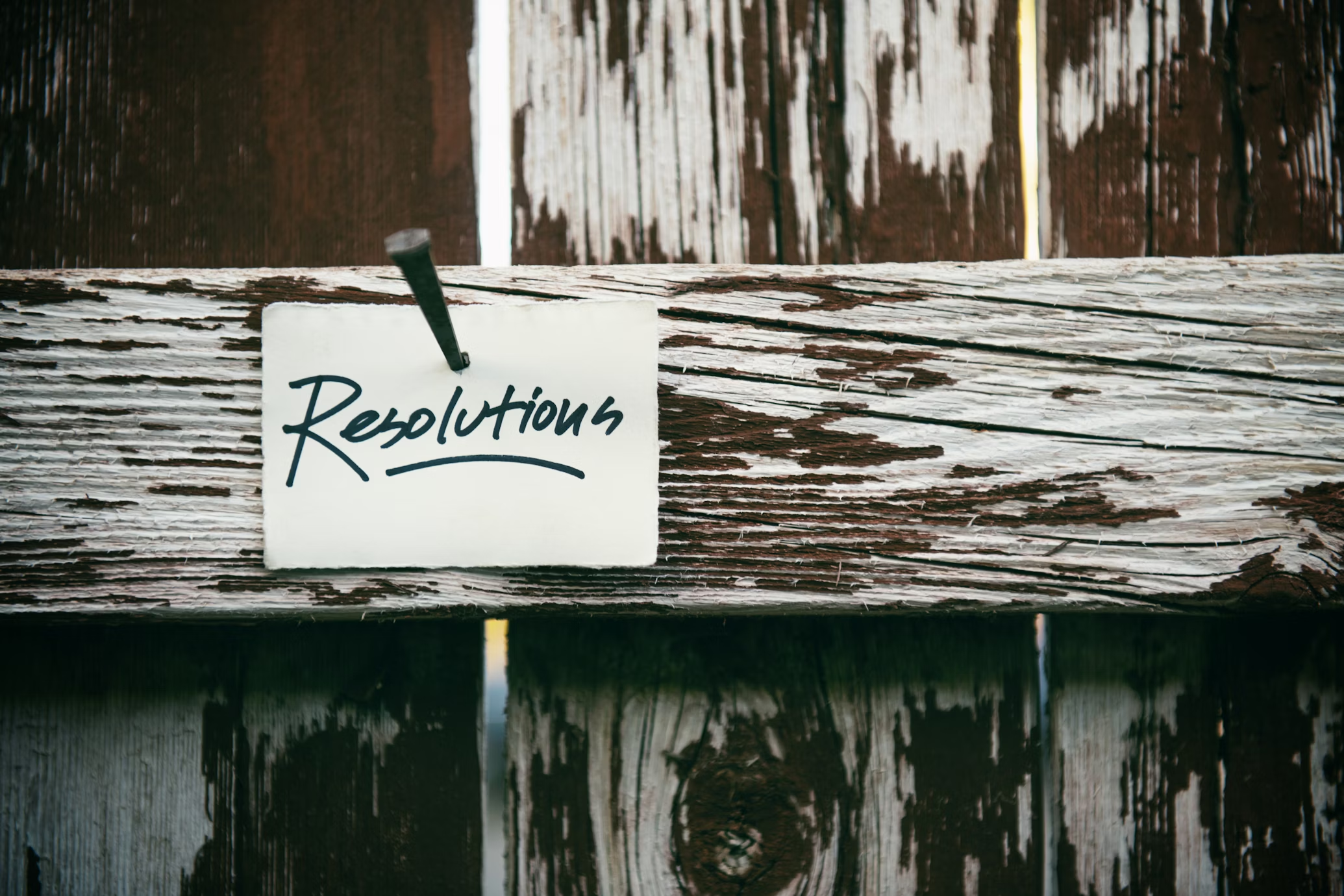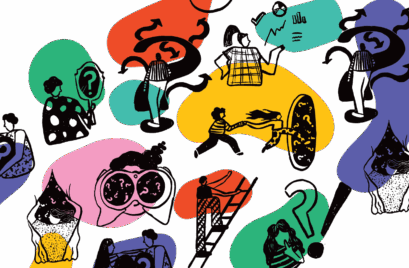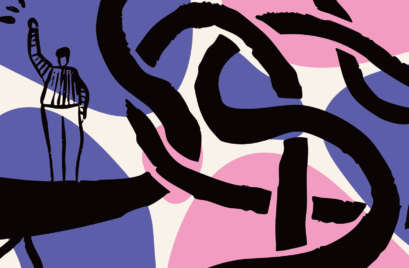
Did you know that up to 50% of New Years Resolutions fail? Change is hard. And yet our lives are filled with change. Even if we try our best to keep things the same, the inevitable march of aging, relationship shifts and the whole big outside world will come knocking one day. These changes are thrust upon us. There is an external force – usually outside of our control – which makes change happen.
But what about those changes we want to make for ourselves? Like when we want to change our thinking patterns or our behavioural patterns. Those things that we envision each year to make a better life and package into resolutions. Is the force of change for these just a matter of our willpower? If we want it hard enough, will it just happen?
Most people believe this to be the case. However, it’s only half the truth. There is more going on when we – as complex, multi-faceted and contradictory humans – try to change our behaviours. And that’s why changing ourselves can be such tricky business.
Why Changing Is So Hard
Theorists have been studying behavioural change in humans for many years now. We have a reasonable amount of evidence about what can support change and what can derail our attempts at change.
The Immunity to Change model of Harvard Education School’s Lisa Lahey and Robert Kegan is one such body of thinking which can guide us in plotting a way forward through this problem. In fact, New Years Resolutions are a great example of how so called ‘immunity to change’ operates. As Lahey says, while our aspiration to change can be powerful and motivating, it sits amongst a whole array of semi-conscious or unconscious motivations that might conflict with our intentions. The problem is that these competing motivations are often unseen. So, we find ourselves stuck in stasis and not knowing why.
In other words, it is not necessarily a lack of willpower that prevents us from fulfilling our resolutions. This can be there in droves. But it’s about what else is getting in the way.
Your Change Environment
Rather than focusing just on our motivating will power (although this is important!), we need to take a more holistic approach to how we approach changing. At PF, we like to refer to this as the change environment. Your change environment is made up of those internal and external factors that are either enabling your planned change or blocking it.
So, what is your change environment? Consider:
Internally:
Enablers, e.g.:
- Motivation
SMART goals
Change knowledge
Blockers, e.g.:
- Habit
Competing motivations
Conflicting self-image
Externally:
Enablers, e.g.;
- Accountability partners
Support of friends or family
Incentives (i.e. rewards or threshold outcomes)
Blockers, e.g.:
- Work/other competing commitments on your time
People ‘detractors’ (i.e. a person crossing your boundaries)
Once you know what’s working for you and working against you, you can spend some time focusing on these factors. One week consider amping an enabler. The next, think about how you might be able to navigate a blocker.
Of course, Kegan and Lahey’s Immunity to Change mapping is invaluable as a tool for part of this process as well (in more deeply understanding your competing motivations). This tool helps you to map out the motivations and work through ways of testing your assumptions.
Change as Leaders
Leadership is a practice that requires constant transformation. Evolving towards greater leadership versatility means broadening our ways of thinking and doing things to increase our range of impact. In short, it means change.
Understanding how we can support ourselves in change also equips us to better help others to change – given that we know change management is a crucial skill of contemporary leaders. When coaching others, you might encourage them to consider their change environment and what might be working for them and against them.
Small changes or practical tweaks might be something we are doing in our leadership practice all the time with varying success. But deeper mindset shifts can be a challenge and require us to get into this thinking around our change environments – what’s pushing us forward, and what’s holding us back?
We can take, as an example, one common challenge we see coming up with leaders time and again: why do I struggle to delegate? The reality is that it’s often not from a lack of trying. The motivation to change is strong – a desire to avoid burnout and taking on endless amounts of work. The stasis arises due to competing desires – for control, for perfection, for fear of failure. And potentially surrounding external factors, such as work expectations and time pressures. All these experiences which pop up in the moment and prevent us from letting go and trusting others to complete the work. By working through a mapping process of this experience, you will be in a much better position to address these blockers.
So, if you are serious about making a change this New Year, don’t just think about what you want to do, but also what’s stopping you.







